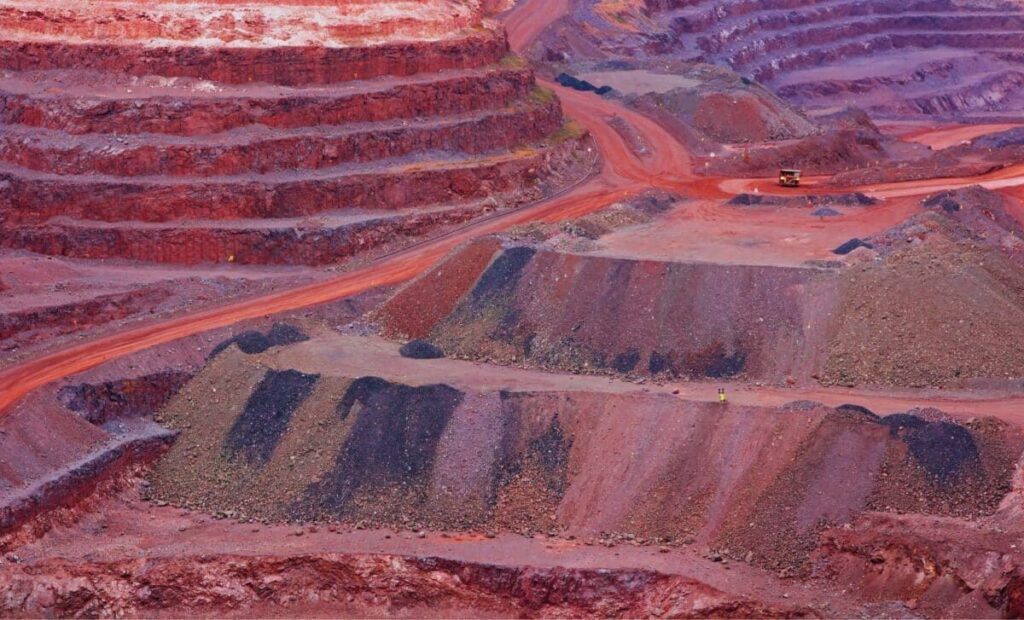
Western Australia’s Hamersley Province has been confirmed as home to the largest iron ore deposit ever recorded, containing an estimated 55 billion metric tons of the mineral. The discovery, detailed in a new study published in Proceedings of the National Academy of Sciences, is poised to reshape the global iron market and challenge existing geological theories on ore formation.
A Geological Treasure in the Pilbara
The deposit lies within the Pilbara Craton, one of Earth’s most ancient continental crusts, dating back more than 3 billion years. For decades, scientists believed the region’s major ore bodies formed roughly 2.2 billion years ago. However, uranium–lead isotope dating conducted by researchers from Curtin University and the University of Colorado Boulder indicates a much younger formation, between 1.4 and 1.1 billion years ago.
Lead author Liam Courtney-Davies explained that the deposit’s creation was likely linked to the breakup of the ancient supercontinent Columbia and the formation of early Australia, geological events that drove mineral-rich fluids deep underground. “The energy from this epic geological activity likely triggered the production of billions of tonnes of iron-rich rock across the Pilbara,” he said.
High-Grade Ore with Global Significance
Some samples from the Hamersley deposit boast iron content exceeding 60%—far above the global average of about 30%—making it both massive in scale and exceptional in quality. Experts say the find not only cements the Pilbara’s position as a global mining powerhouse but also underscores Australia’s strategic importance in the iron ore market for decades to come.
